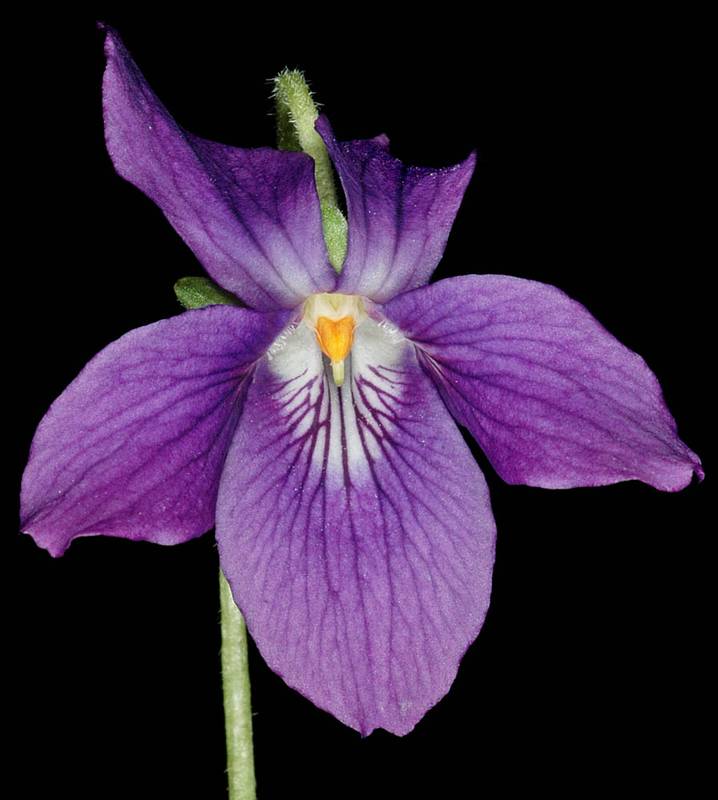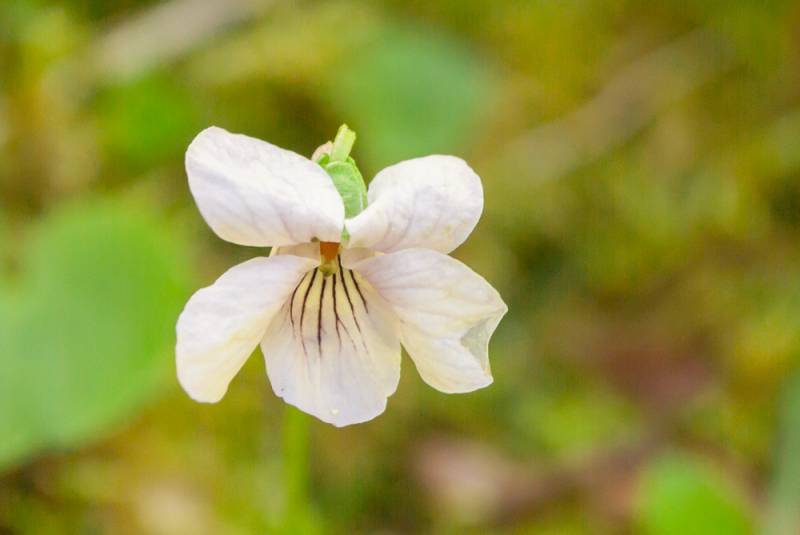Viola odorata
Viola renifolia
sweet blue violet
kidney-leaf white violet
Leaves tufted, cordate and rounded, petiolate, enlarging in summer.
Flowers blue-violet or white, rarely lilac, pink or yellow;
sepals blunt.
Fruit a 3-valved capsule, ovary superior, placentation parietal.
Viola odorata
Viola renifolia
Occurring on both sides of the Cascades crest in Washington; British Columbia to California, east to Idaho; also in eastern North America.
Occurring east of the Cascades crest in the north-central to northeastern counties in Washington; Alaska to northern Washington, east to the Rocky Mountains, northern Great Plains, Great Lakes region, and northeastern North America
- Local floras:
BC,
CA,
OR,
WA
- Local Web sites:
CalFlora,
CalPhotos,
Flora NW,
PNW Herbaria
WildflowerSearch
iNaturalist (observations)
USDA Plants Database
- LBJ Wildflower Center
- SEINet
- Plants of the World Online
- Encyclopedia of Life
- Wikipedia
- Google Image Search



